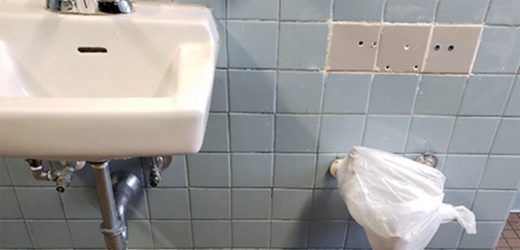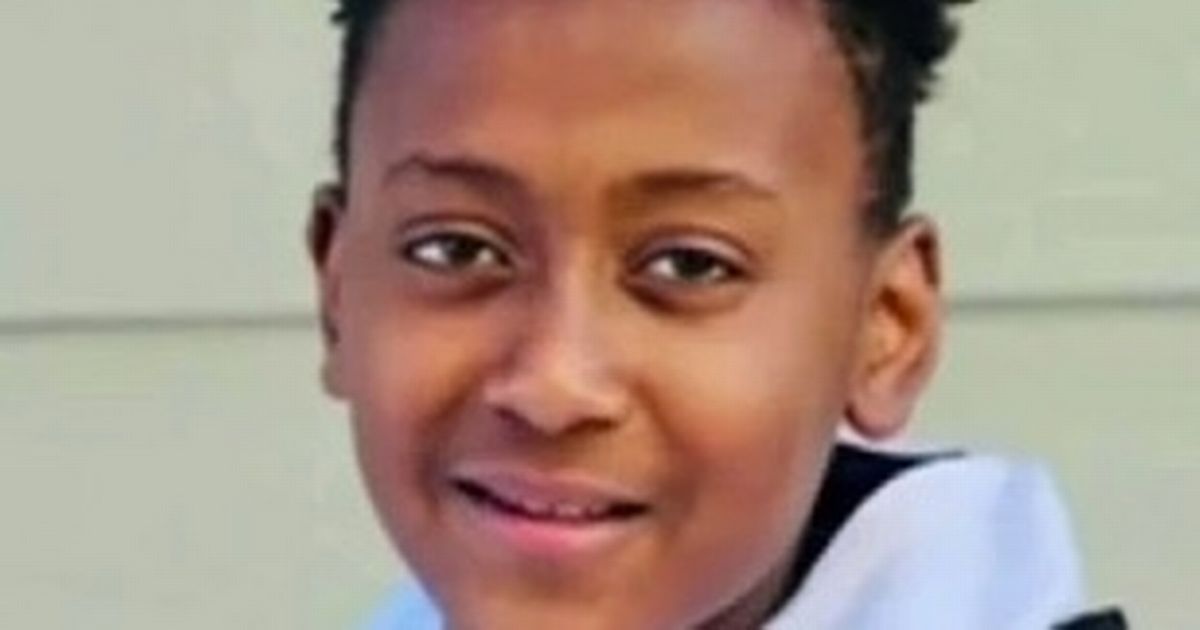The city’s 26,000 special needs students are enrolled in schools buildings with hazardous and unsafe conditions — including peeling paint, disabled door alarms, cracked playground and a shortage of EpiPens, a scathing audit by state Comptroller Tom DiNapoli found.
The probe also found inaccessible water fountains, unguarded windows and broken urinals among other health and safety woes.
“The New York City Department of Education is not doing enough to ensure the safety and health of its most vulnerable students,” DiNapoli said.
“This is completely unacceptable.”
DiNapoli launched the probe following a Post expose on harrowing conditions at a Queens school for disabled kids.
At seven of the 29 schools visited between 2018 and 2020, inspectors observed peeling paint in some classrooms, hallways. a gymnasium, and a nurse’s office.
Five of those schools have students in kindergarten and/or pre-kindergarten classes: P.S. 369 and P.S. 368 inside the facility shared with PS. 120 in Brooklyn; P.S. 352 in the Bronx, P.S. 811 in Queens, and P.S. 373 in Staten Island.
The audit said toxic lead is a concern because it can cause brain damage in young children.
“The remaining two schools – P.S. 12 and P.S. 754 in the Bronx – do not have kindergarten and pre-kindergarten students; however, given the various routes and consequences of lead exposure, conditions at these schools may pose risks to all students and staff,” the audit said.
Special education schools are overseen by the city Department of Education’s District 75.
The findings include:
- At four special schools – P.S. 369 and P.S. 368 in Brooklyn, P.S. 352 in the Bronx, and P.S. 752 inside the P.S. 400 building in Queens – some of the door alarms had been disabled, meaning kids could walk out undetected.
- Three schools — P.S. 9 in Queens, PS. 352 inside P.S. 40 in The Bronx and P.S. 373 in Staten Island lacked window guards.
- Five schools observed had unsafe play areas — included cracks in playground pavement, nails/screws protruding from the safety mat on the outdoor playground, and a broken slide with sharp edges.
- Inspectors observed missing and/or broken ceiling tiles, electrical wires dangling from ceilings and hallways, broken furniture, broken door hinges and hot radiators with no cover.
- At PS 811 inside the PS 149 building in Manhattan, a wash basin was missing from a bathroom, leaving a protruding metal pipe covered with a plastic bag
- At PS9 inside the P.S. 882 building in Queens “we observed that the gymnasium floor was 2 to 3 inches higher than surrounding flooring. …Left uncorrected, this uneven flooring puts students at risk of tripping and falling.”
- Seven schools did not have an adequate supply of EpiPens for students who suffer from allergic reactions, as required. One school, PS 12 in The Bronx, didn’t have any during the inspection.
At five schools, water fountains were not accessible.
For example, at PS811 inside PS149 in Manhattan “we did not observe any water fountains on either of the two floors that District 75 students occupied.”
The DOE said deficiencies were fixed while disputing many of the findings as overblown.
View Slideshow
Source: Read Full Article









